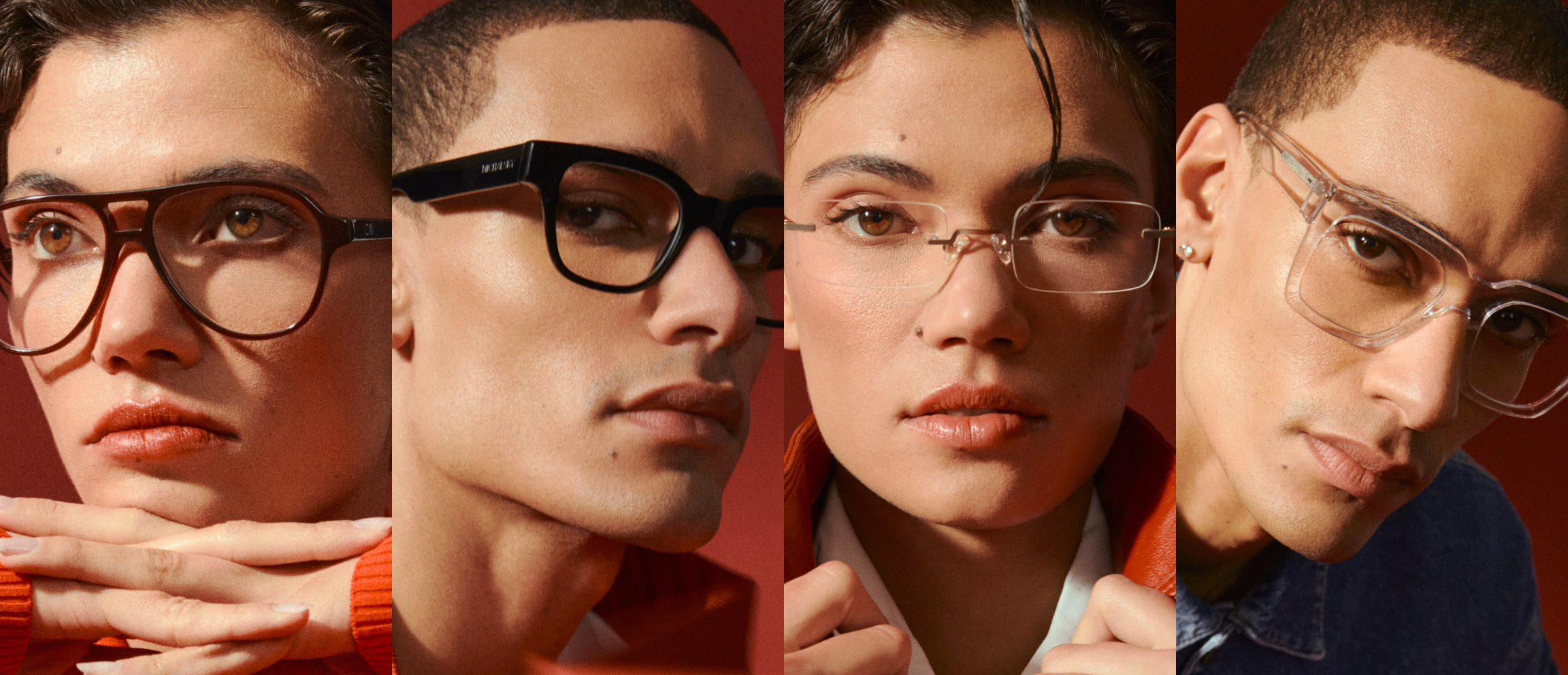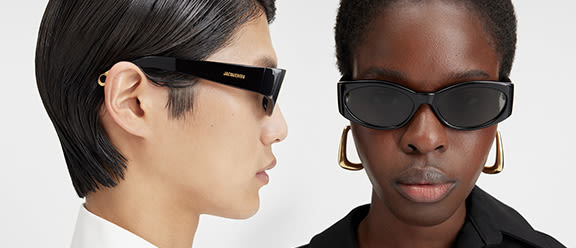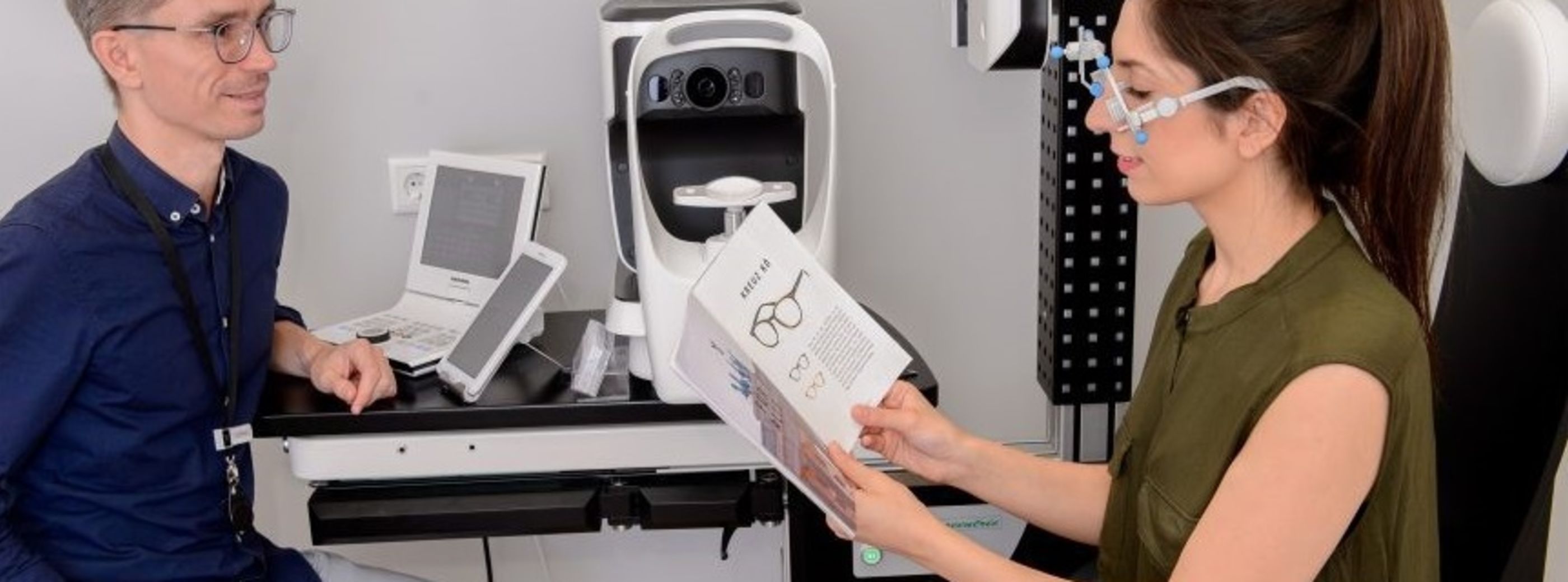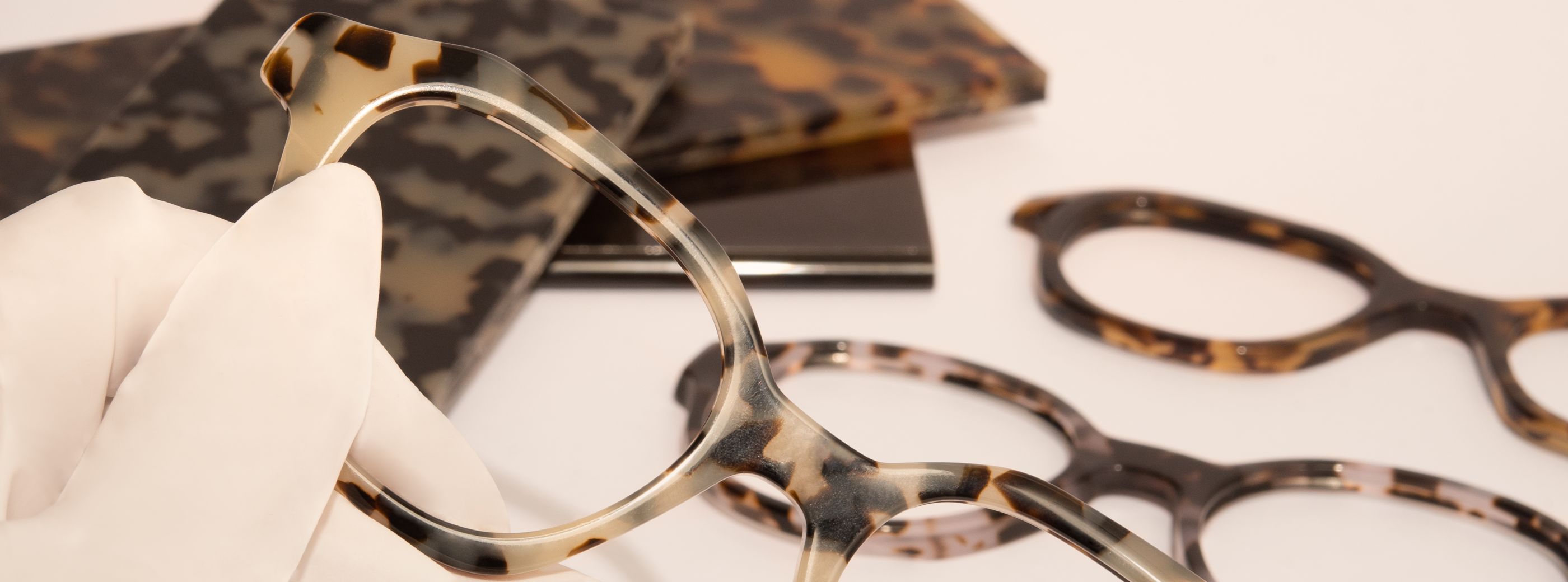The style guide: which glasses suit me?
If you are shopping for a new pair of glasses and find yourself asking the question "but which pair of glasses really suits me?", there are a few things to take into account. In addition to some basic principles regarding the shape of the face and the size of the glasses, your personal taste and the purpose (reading, sport, driving, etc.) are important factors when selecting new glasses.
The best starting point is your current pair of glasses. If, in general, you like the way they look, you can simply opt for a similar frame shape. However, if you want to try something new or you are buying your first pair of glasses, we have put together a list of some basic hints and tips to make it easier for you to find that perfect pair.
1. The perfect glasses for your face shape - The Face Shape Guide
Is there a glasses frame shape that will flatter my face shape? This is the most important question when in the market for a new pair of specs, and although each face is unique, there are some basic guidelines when choosing glasses. In addition to personal taste, the facial shape often determines whether a pair of glasses will harmonise with your face.
Tip: try eyewear online with a 2-D or 3-D fitting. This way you can get a good impression right in front of your screen. You can start a virtual test of the glasses by uploading a photo or using the webcam.
Read on as we explain common face shapes and give you recommendations on frames that will look fantastic.
The ideal size - how to choose the right width
Is your face rather narrow, medium-sized or wide? This is the starting point for the next step. If you already have a pair of glasses, you can simply measure your glasses from cheek to cheek to determine the width.
Tip: Mister Spex has developed a search function to help you find glasses in the same or a similar width. You can find the search function directly under the width filter on the overview page of our glasses and sunglasses. You will also find detailed instructions on our service page on the topic of choosing the size for your glasses.
Here are some basic hints and tips on choosing the right size of glasses:
1. Frames
First and foremost, the size refers to the width of the frame. If it is too large or too small, it can quickly slip or create pressure points. For the perfect fit, you simply orientate yourself to the width of your face and let your hair fall naturally. Of course, if you are going for a certain look, you can ignore this rule. Fashionable cat-eye or butterfly glasses, for example, are somewhat larger in size, while nickel glasses are smaller.


2. Nose bridge
The bridge width is the shortest distance between the lenses below the nose bridge and is measured from the inner edge groove of one eye to the inner edge groove of the other. Why is this little piece so important? In order for the glasses to fit well, the bridge of the glasses must fit the width of your nose. If the glasses do not sit properly on the nose, this can lead to unpleasant side effects like pressure points or headaches. The optimum visual performance also suffers because, if the glasses slip, the optical centre also slips.


3. Width and height of the glasses
This is about your field of vision. With small lenses, your field of vision is somewhat restricted whereas with a larger lenses, your eye also captures external viewing zones. However, the glass should not be wider than your face and the eyebrows should remain visible. An exception here is with sunglasses: the eyebrows often deliberately concealed for optimal sun protection. The lenses are measured at the widest and highest points and the point in the middle is ideally where you should be looking through.


4. Temples
The length of the temples determines the wearing comfort of your glasses, as they must sit properly. If they have too much room, the glasses have no hold and if they are short, the glasses sit too rigidly, resulting in pressure points and headaches. An optician can adjust the temples to fit you.


Tips for finding the right glasses for your lifestyle
Of course, when and where you use your glasses will make a difference when shopping for a new pair. Here are a few things to consider:
How much are your correction values?
For both shortsighted (myopic) and longsighted (hyperopia) prescriptions, the higher the values, the thicker the glasses. For this reason, if your values are really high, you will need a thick frame to contain the thick lenses. If your values are low, you can choose delicate frames.
Reading, sport or varifocals?
If you only have eyesight problems when reading texts or, for example recognising the keyboard at work then reading glasses could be just what you need.
A well-fitting pair of glasses is indispensable for sporting activities. You have to feel comfortable and safe. Specially designed sport eyeglasses with prescription or varifocal lenses help you stay in the game
Do you need a varifocal lenses in your everyday life? If so, you must select frames with a predetermined minimum height.
Learn more about varifocal glassesIf you have found your perfect glasses and you know your prescription, you can order the glasses right away! If you do not know your prescription or if your glasses are not sitting properly, you should go to your optician for an eye test or an adjustment of your glasses.









